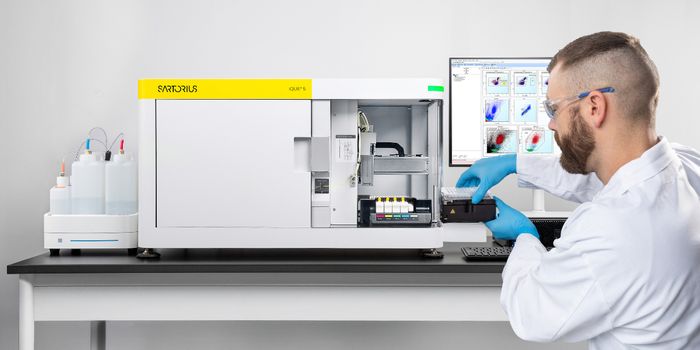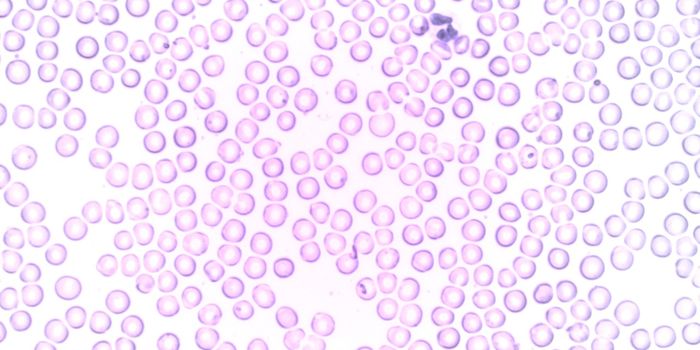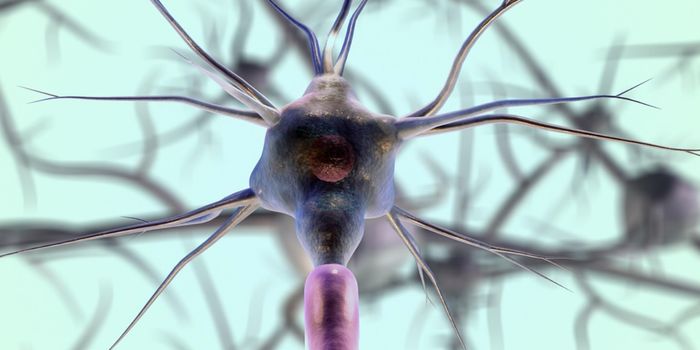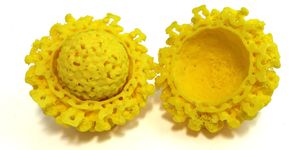The Body's Own Ozempic
In recent years, effective obesity treatments like Ozempic and Mounjaro have changed lives. These drugs mimic the effects of a hormone called GLP-1, which normally influences insulin levels and helps control blood glucose levels. Now researchers have found that certain cells in the pancreas called pancreatic alpha cells, which were once thought to only generate a molecule known as glucagon, can also produce GLP-1. The findings have been reported in Science Advances.
Glucagon is also a hormone that can help maintain energy by boosting blood sugar during periods of fasting or exercising. It is known to be generated by alpha cells in the pancreas. Beta cells in the pancreas produce insulin.
In this study, the researchers analyzed mouse and human pancreatic tissue samples; these samples included a range of ages, body types, and diabetic and non-diabetic tissues.
It has been difficult to accurately measure GLP-1 levels. For this study, the researchers developed a detection method that only identifies bioactive GLP-1, which triggers insulin release. It has previously been difficult to distinguish bioactive from inactive GLP-1, which could lead to inaccurate conclusions.
The mass spectrometry method revealed that human alpha cells were making more bioactive GLP-1 than we knew. The production of this GLP-1 is directly connected to the release of insulin.
"This research shows that alpha cells are more flexible than we imagined," said Jonathan Campbell, PhD, an associate professor at Duke Ujniversity, among other appointments. "They can adjust their hormone output to support beta cells and maintain blood sugar balance."
When the investigators blocked the production of glucagon in a mouse model, they thought insulin levels would decrease. But the alpha cells started to make more GLP-1 instead, which triggered the release of more insulin, and improved the control of glucose.
"We thought that removing glucagon would impair insulin secretion by disrupting alpha-to-beta cell signaling," Campbell explained. "Instead, it improved it. GLP-1 took over, and it turns out, it's an even better stimulator of insulin than glucagon."
GLP-1 is known to be produced in the gut, but this work has shown that other cells in the pancreas make it too. When PC2, a driver of glucagon production, was blocked by the researchers, it led to increased activity of PC1, which produces GLP-1. When both PC1 and PC2 were blocked, insulin levels dropped and blood sugar significantly increased.
The beta cells of the pancreas can weaken and stop making enough insulin to properly control blood glucose in type 2 diabetes, so boosting GLP-1 production could present another option for managing blood sugar.
A high-fat diet can cause metabolic stress that leads to slight increases in GLP-1 production. But if researchers can find a way to safely raise this natural production of GLP-1 significantly, it could open up new treatment options for diabetes.
Sources: Duke University, Science Advances









